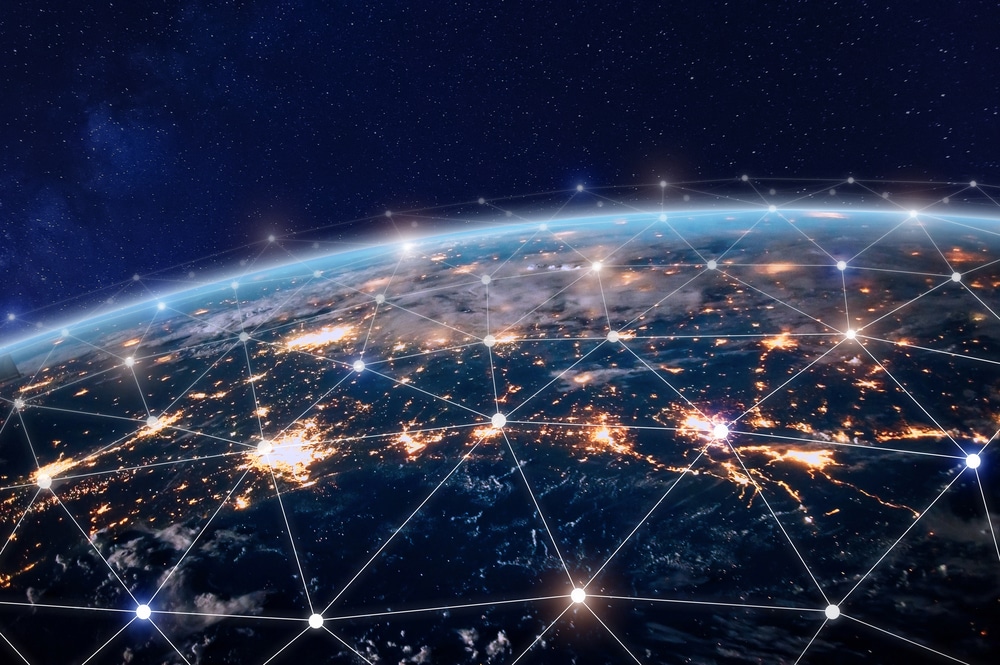
Global Fiber Optic Network
Under the Sea: How Fiber Optic Cable Is Connecting the World
There is perhaps no modern invention as important as the internet. Although we spend much of our time on it taking part in light, fun social media or games, the research benefits are astronomical. By making access to information global and inexpensive, the opportunity for advancement in nearly every field has been incredible. We can thank the internet for the rapid acceleration of progress across many fields including, but certainly not limited to, communications, technology, science, and medicine. As internet access demand increases so does the need for faster access. While technologies like 5G are helping to make wireless communication better, there is still no match for the speeds that can be attained through land-based communication networks. When it comes to sending information down lines, a fiber optic network is the unmatched leader in performance and reliability.
What Is Fiber Optic Cable?
On a basic level, a fiber optic network is the fastest way to transmit data along land. While traditional cables are made of copper, which are used to transmit electrons and convey data, fiber optic cables instead send data across strands of glass fiber. It is a significantly more efficient system of data transfer, and allows for greatly increased rates of data transfer.
How Can Cables Cross Oceans?
The most obvious issue facing any land-based communication system is the need for cables to send the information from one point to another. This becomes particularly troublesome when there is a large body of water between where your information is and where you need it to be. At first, the wide expanse of an ocean may seem like an insurmountable obstacle to any landline communications.
In reality, while it is no easy task to lay and maintain cables across massive bodies of water, it is not impossible. In fact, the first transatlantic telecommunications line was completed all the way back in 1858. Running from Ireland to Newfoundland, Canada, it allowed for telegraph communications across the Atlantic Ocean.
Today, there are cables laid across most major bodies of water. While the goal of laying underwater cables remains the same, the technologies being used now are significantly more powerful. However, despite the advancements in technology, creating new lines remains a painstaking endeavor, with speeds of about six miles of cable every hour.
Global Reach
With access to the fiber optic network being so important, it’s no big surprise to learn that more and more countries are connecting to the network. Underwater cables have been run from continent to continent, with only Antarctica lacking a connection. Every year more and more cables are laid, expanding the network to more and more of the world’s citizens.
The Benefits of Fiber Optic Cable Around the World
A fiber optic network provides many valuable benefits, both directly to the communities it reaches, as well as globally. Because it’s a faster, more cost effective way to transmit data with minimal maintenance, more communities than ever are able to enjoy the advantages of high speed internet. The benefits may be endless and include access to entertainment, global communication services, the ability to be informed of the latest news, and opportunities for additional education — especially for young people.
The global fiber optic network is growing every day, and that’s great news. Every new community connected to the network is another leap forward in connecting people everywhere.
Check out our last post: Fiber Optics And Telecom Solutions





No Comments